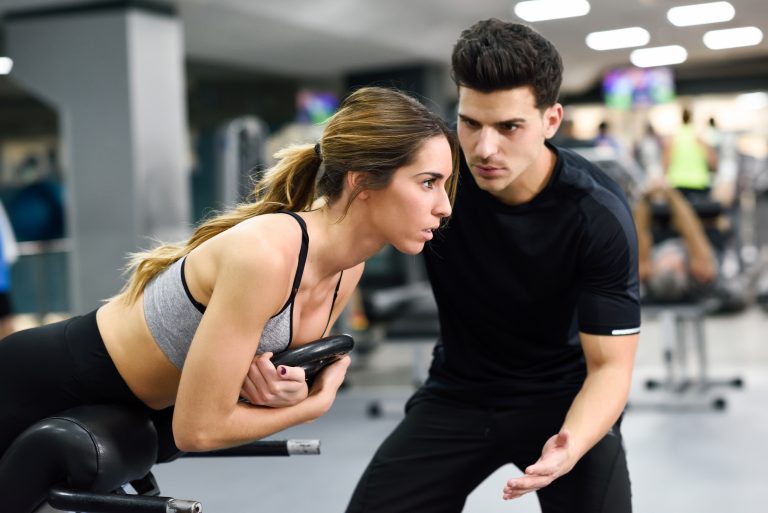The Foot's Role in Biomechanical Alignment
During the gait cycle, the foot undergoes pronation upon initial ground contact. Pronation is a complex tri-planar movement involving eversion, abduction, and dorsiflexion, which serves to absorb shock, adapt to uneven terrain, and assist in propulsion. This natural movement allows the foot to eccentrically load, meaning the arch lowers and stretches, effectively dissipating the forces generated during impact. However, various factors can disrupt this normal pronation pattern. These include footwear choices (e.g., high heels, overly supportive shoes), repetitive activities, previous injuries (such as ankle sprains), and even the use of ankle braces or wraps.When the foot's ability to pronate optimally is compromised, the body compensates. For instance, an individual with a poorly healed ankle sprain might adopt an altered gait pattern, favoring toe contact and heel elevation. This compensatory strategy can lead to altered muscle activation patterns, particularly in the gluteal muscles, which play a crucial role in hip and pelvic stability. This altered biomechanics can persist long after the initial injury has seemingly healed, highlighting the importance of addressing the root cause rather than simply focusing on pain reduction.
The Tibiofemoral and Lumbopelvic Connection
The foot's pronation is intrinsically linked to the movement of the tibia (lower leg). As the foot pronates, the tibia internally rotates. Conversely, restricted pronation at the foot can lead to excessive internal rotation of the tibia. This excessive tibial rotation can place undue stress on the knee joint, contributing to various knee pathologies, including patellofemoral pain syndrome and meniscus injuries. Studies have explored the relationship between foot pronation and tibial and femoral rotation during walking, suggesting a complex interaction, although the direct correlation between peak pronation and these rotations has been debated.Furthermore, the biomechanical repercussions extend beyond the knee to impact the lumbopelvic region. The altered lower limb mechanics influence pelvic tilt and lumbar spine alignment. For example, excessive tibial internal rotation can lead to an anterior pelvic tilt, which can increase stress on the lower back and contribute to lower back pain. Conversely, a lack of proper foot function can lead to instability in the pelvis and subsequently affect spinal alignment. These interconnected relationships highlight the importance of addressing foot mechanics as part of a holistic approach to managing knee and back pain.
Strategies for Optimizing Foot Function
Improving foot function is paramount in addressing pain stemming from biomechanical imbalances. Implementing simple yet effective strategies can significantly contribute to restoring natural movement patterns and alleviating discomfort.Foot Mobilization: Regularly performing exercises to enhance foot mobility can significantly improve function. Rolling a tennis ball or lacrosse ball under the feet for 30-60 seconds per foot, several times a day, can help release tension in the plantar fascia and surrounding muscles. This self-massage technique promotes tissue flexibility and improves sensory feedback.
Barefoot Training: Incorporating periods of barefoot training during dynamic warm-ups or low-impact activities can enhance proprioception (the body's awareness of its position in space). Walking barefoot on various surfaces further stimulates the sensory receptors in the feet, improving balance and coordination. Studies have shown that barefoot walking can improve foot strength and arch height.
Targeted Foot Exercises: Specific exercises designed to strengthen intrinsic foot muscles can improve arch support and stability. These exercises can include toe raises, heel raises, and exercises that focus on isolating specific foot movements, such as walking on heels, toes, inner, and outer borders of the feet. These drills improve foot function by enhancing the interaction between the foot and the ground.
By focusing on optimizing foot function through these targeted strategies, individuals can positively influence the entire kinetic chain, mitigating stress on the knees and back, and paving the way for a more pain-free and functional movement experience. Focusing on the root cause of the biomechanical stress, rather than just chasing the pain, leads to long term health and wellbeing.













